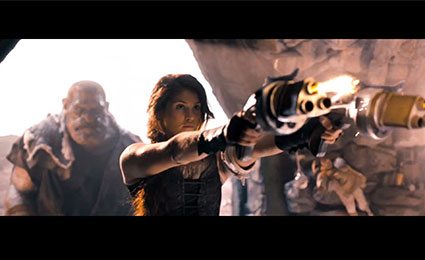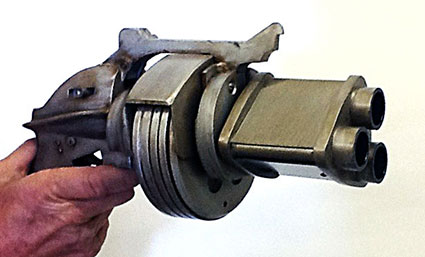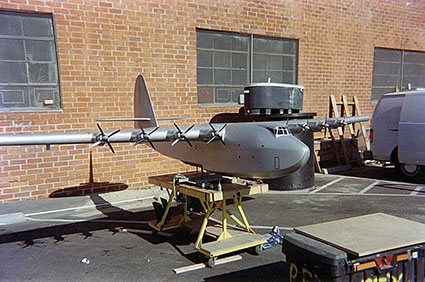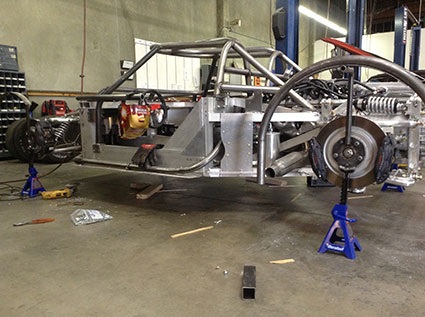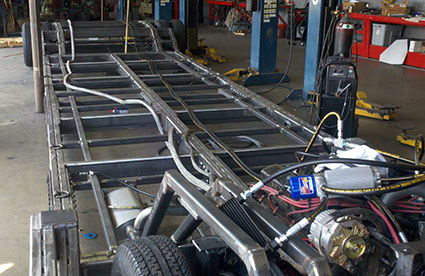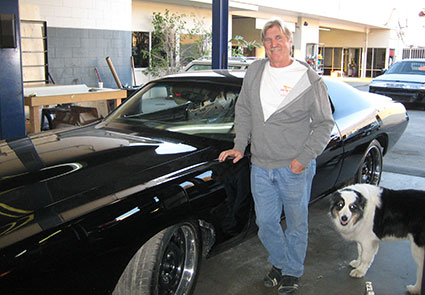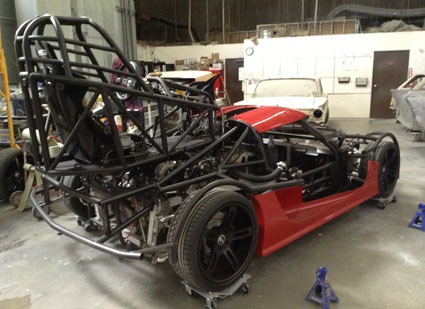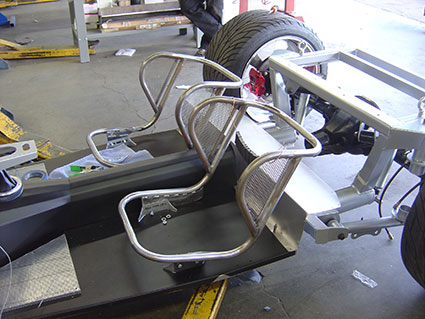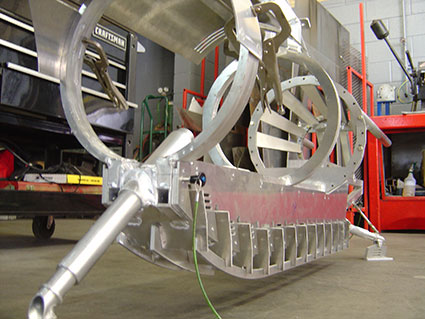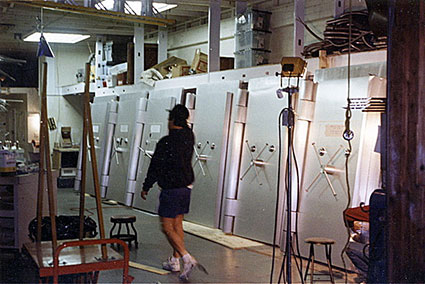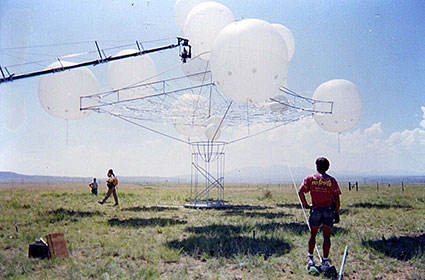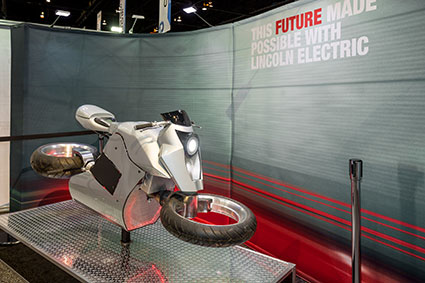Lights, Camera…Welding
Skilled fabrication crews creatively hold production together in Hollywood and beyond
Welding and fabricating will not likely win a “Best Supporting Actor” Oscar for on-screen performances – and close-up equipment shots – in such films as The Green Hornet, Drive and the IronMan franchise. But, the combined efforts of these crafts still have a commanding role in many aspects of behind-the-scenes production and give welders and fabricators a challenging, high-profile outlet in which to practice their creative, and in-demand, skills.
Welding and fabrication are key technical components of many Hollywood productions even though they aren’t as highly visible as cinematography, costume and makeup design, or explosive, in-your-face special effects. Nevertheless, welding and fabricating help things take shape and stay together on film – quietly making sets, customized props, special effects and auto crashes a reality.
When you consider the role props play in a film, it’s clear that prop development, from the small knife wielded in a bar fight to a tricked-out sedan used in a high-speed chase, play integral roles in a film project, on-screen, and off.
Actress Gemma Arterton wields two prop guns built by Paul Pearson’s Custom Props, Inc. of Van Nuys, CA for the 2013 Paramoun® film Hansel & Gretel: Witch Hunters.

